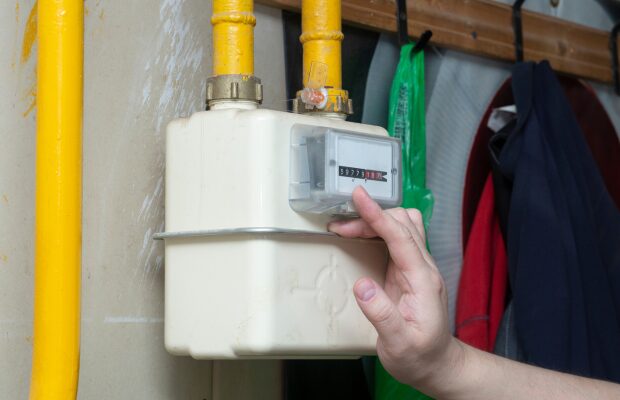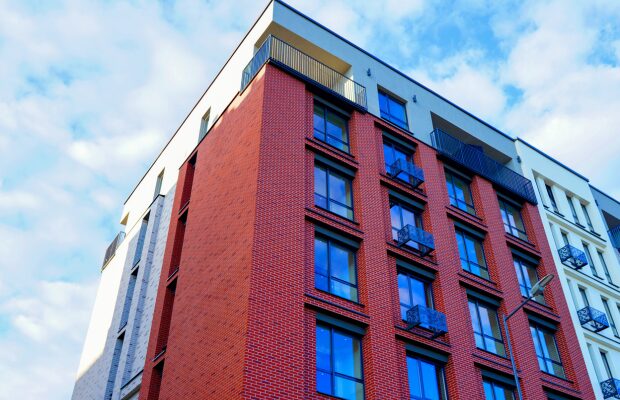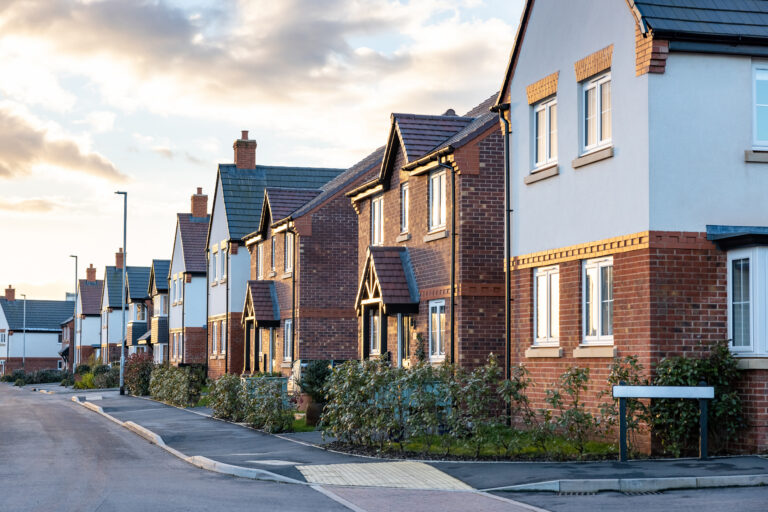March 20 was another D-Day moment for landlord compliance.
That was the day the Homes (Fitness for Human Habitation) Act 2018 came into force.
But what is it and how does it affect landlords?
Well, it’s worth pointing out at this juncture that responsible
landlords should have nothing to be fearful of when it comes to this
latest legislation.
But those landlords who may have let the routine, ongoing maintenance
of their buy-to-let property slip, there could be much in this update
to interest them…
What does the Homes (Fitness for Habitation)
Act 2018 mean?
Much of the latest private rented sector legislation is aimed as
ensuring tenants are protected and have acceptable conditions to dwell
in.
So, under the Homes Act, landlords’ buy-to-let properties need to
meet certain criteria outlined by the Housing Health and Safety Rating
System (HHSRS).
“But that’s always been the case, hasn’t it,” you might ask, and you would be right.
The difference under this legislation is that tenants will be able to
take direct action against landlords if their property is found to be
uninhabitable by the HHSRS.
Previously, landlords could only be hauled over the coals if they
failed to comply with an environmental health enforcement notice issued
by the local authority.
Importantly, landlords renting out leasehold flats are not only
responsible for their property but also for common areas, including
stairs and lifts.
Landlords, though, are handed a degree of protection, too. They would not be responsible for:
* Repairs caused by the tenant
* Rebuilding a property if it is destroyed
* Carrying out work requiring consent by a third party (i.e a freeholder) where consent has been requested but not given.
What are the HHSRS criteria?
The HHSRS could review a variety of potential issues in a rental property, including:
* Repairs
* Property stability
* Damp
* Natural light
* Water supply
* Ventilation
* Drainage
* Food preparation facilities
* Waste water disposal
If a property is deemed defective in one or more of the criteria, it could be labelled an unfit home.
What do I need to do as a landlord?
At Ellis & Co, our full management service will alert you to any
key maintenance issues in plenty of time through regular inspections of
your property.
If a defect that falls foul of the HHSRS criteria is identified, it
should be brought up to standard immediately, although the Homes Act
does allow for ‘wriggle room’ under its ‘reasonable timeframe’ guidance
for repairs.
That means in the case of a broken boiler during the summer,
landlords would potentially have more time to repair or replace the
appliance.
In the middle of winter, however, this would need to be done far more quickly in order to comply with the Act.
Failure to fix a habitation issue in good time could see landlords brought before the courts.
Does the Act apply to all tenancies?
If you are starting a new tenancy which began after March 20 this year, the Act applies to your property or properties now.
Tenancies signed before March 20, even if the tenants move in after the date, will not initially be affected.
However, the Act is likely to apply to ALL tenancies from March 2020.








